WEBINAR SUMMARY Regenerative Agriculture Part 2 with Colin Seis
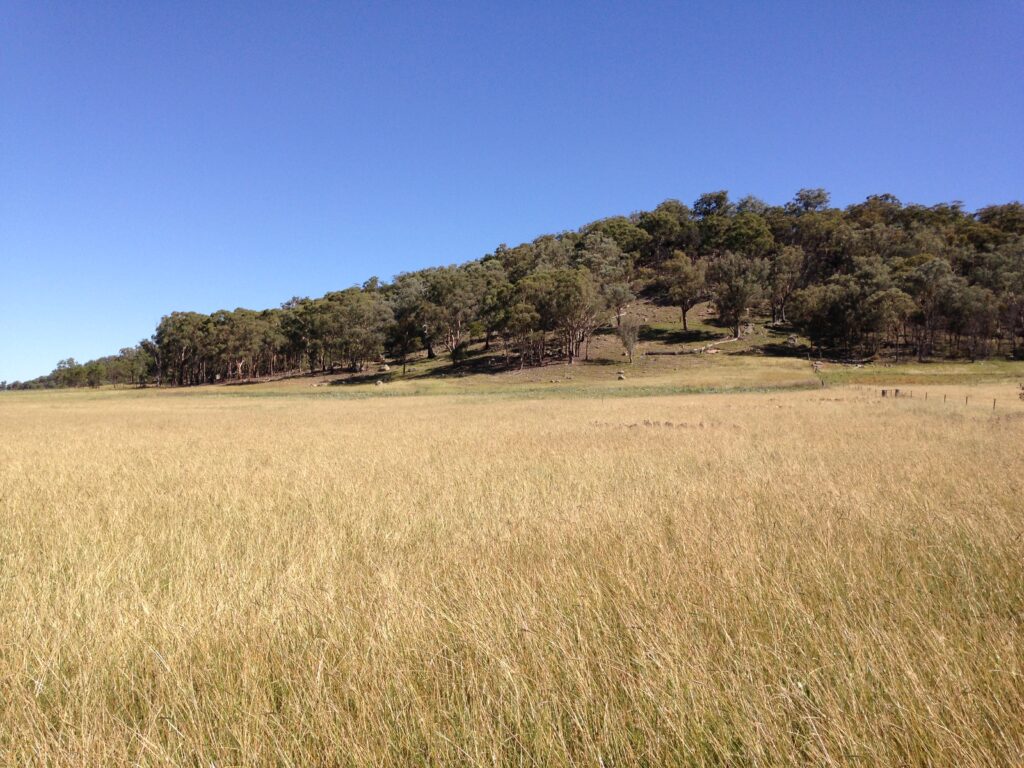
Regenerative Agriculture – Part 2 How do we Restore our Farms, Soil and Profit? Presenter: Colin Seis
Challenges and Solutions in Agriculture Transition Colin Seis, along with Hugo and Helen Disler from Farming Secrets, discuss the challenges of industrial agriculture and propose solutions to transition towards a more sustainable model. Colin highlights the issues with the current industrial agriculture model, which was developed in the early 1950s and has not been effective. He emphasizes the need to move away from this model and suggests steps towards this transition.
Transitioning to Low-Input Agriculture Challenges and Strategies
Colin discusses the challenges and strategies of transitioning from high-input agriculture to low-input agriculture. He highlights the importance of a gradual approach, especially for farms heavily reliant on fertilizers and pesticides. Sharing his family’s farming history at ‘Winona’, he emphasizes the damage caused by industrial agriculture and the subsequent adoption of the Green Revolution in the 1950s. Colin notes that while this approach was successful and profitable at the time, it should not be criticized as it was based on the best science of the day. He shares his experiences and insights about the impact of industrial agriculture on the environment and finances, and talks about his transition to low-input agriculture in the 1990s, focusing on restoring grasslands and using holistic grazing management.
Pasture Cropping and Its Benefits
Colin, the innovator of pasture cropping, talks about the development and benefits of pasture cropping, also known as perennial cover cropping. He explains that it involves planting crops into a permanent cover of grass, which is allowed to grow dormant during the summer months. Colin highlights the positive impact on soil health, nutrient cycling, and soil structure. He also shares his experiments with multi-species crops, which have proven successful in improving soil quality. He suggests that this method of cropping could be beneficial for public spaces and should be considered by continual croppers.
Reviving Native Grasslands for Sustainable Agriculture
Colin discusses the growing interest in Australia’s native grassland species for human consumption and the efforts to rediscover traditional knowledge from the country’s aboriginal people. He shares the successful findings of the Native Grass project at Sydney University and the Narrabri Research Centre, highlighting the promising results of using certain grasses. Colin also talks about the positive changes he observed on his property after changing management, including a significant increase in native species, a decrease in weeds, and an increase in beneficial insects and bird, animal, and reptile species. He encourages further research on this topic and notes the positive impact it has had on his property.
Sustainable Agriculture Practices Boost Farm Income
Colin discusses the benefits of transitioning to more sustainable agricultural practices. He shares that his farm, which has not used fertilizer on pasture for over 43 years and has reduced crop fertilizer by 70%, was able to maintain and even increase soil health and nutrient levels. This shift also resulted in significant cost savings, with an annual income increase of $100,000 due to reduced expenses on fertilizers and pesticides. Colin also highlights the improved quality of crops and the ability to sell more native grass seed, indicating a positive impact on the environment and local economy.
Regenerative Agriculture and Grassland Restoration
Colin shared his experience and methods of restoring grasslands and improving agricultural practices, emphasizing the importance of stopping the killing of things and allowing nature to drive the process. He also highlighted the potential of regenerative agriculture to not only restore degraded land but also to produce high-quality food and help mitigate the planet’s environmental issues. Helen expressed her appreciation for Colin’s persistence and dedication, and mentioned that his work had already inspired positive changes in farming practices. They also indicated that Colin’s book, which details his methods and findings, was available for purchase.
Soil Erosion Control and Planting Strategies
Colin discusses the methods used to prevent and control soil erosion on his property. He explains that the main approach is to grow more plants, particularly perennial ones, which have significantly increased the soil carbon content. Colin also highlighted the importance of proper grazing management, as it allows for more efficient use of land and promotes plant recovery. He emphasizes that these methods are simple and primarily relies on letting nature take its course, with some guidance. Helen agreed with Colin’s approach and expressed interest in learning more about these methods.
Restoring Soil Ecosystems for Nutrient Availability
Colin discussed the balance of soil nutrients and minerals, emphasizing the importance of restoring soil ecosystems to promote mineral cycling and nutrient availability. He highlights the role of plant roots in this process and the need for thick ground cover to control weeds. Colin also explained that focusing on growing desirable plant species could help to control weeds naturally. He clarified that increasing soil calcium levels is not an external process, but rather a natural result of restoring the soil ecosystem.
Restoring Grassland and Soil Health
Colin discusses the process of restoring grassland and the challenges involved. He shares his experience of using compost tea and worm extracts to stimulate the germination of grassland species. He also highlights the role of native grasses in cycling nutrients from depth and their significance in maintaining soil health. Furthermore, he addresses the issue of nutrient depletion in soil, explaining that nutrients come from both the parent material and recycling within the soil. Dr.Mary Cole is set to elaborate on these topics in future webinars.
Colin’s Sales and Farming Strategies
Colin shares his sales and farming strategies, emphasizing the importance of monitoring and adjusting based on indicators such as carbon levels and soil pH. He also discusses his experience with managing sheep, including the use of smaller mobs for lambing and the integration of these into larger groups. Furthermore, he highlights the significance of maintaining a diverse range of plant species to promote a healthy ecosystem and addresses the need to control perennial weeds. Lastly, the discussion touched on Martin Royds’ approach to managing an ecosystem in particular the handling of serrated tussock.
Soil Biology, Regeneration, and Native Seeds
Colin, Helen, and Mary discussed the importance of soil biology and regeneration, with a focus on the use of native seeds. The group praised Colin’s methods and expressed confidence in their potential for further growth and success. Helen announced Mary’s return in a month’s time and encouraged everyone to stay in touch.
Want to watch the webinar? Click Here

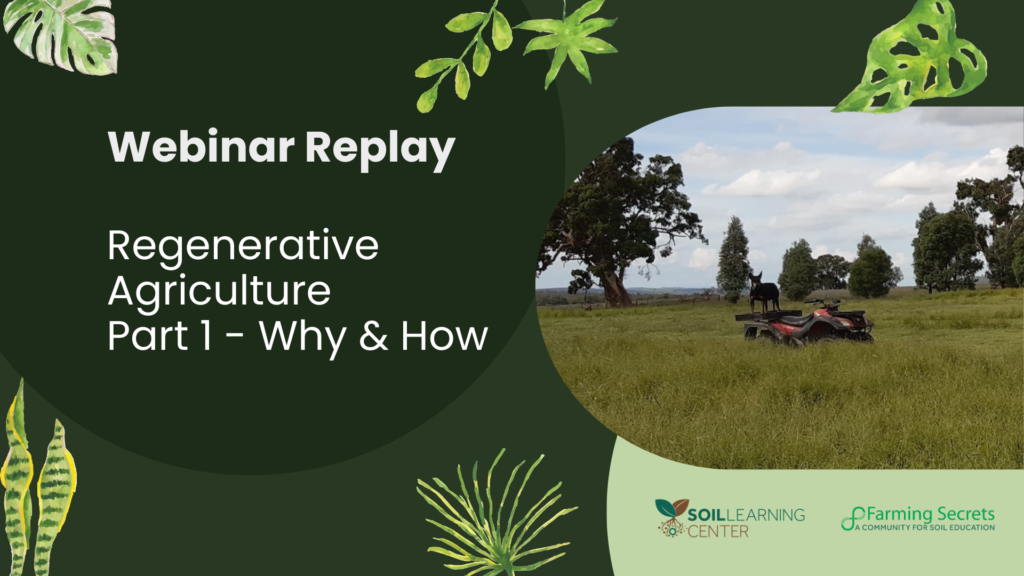
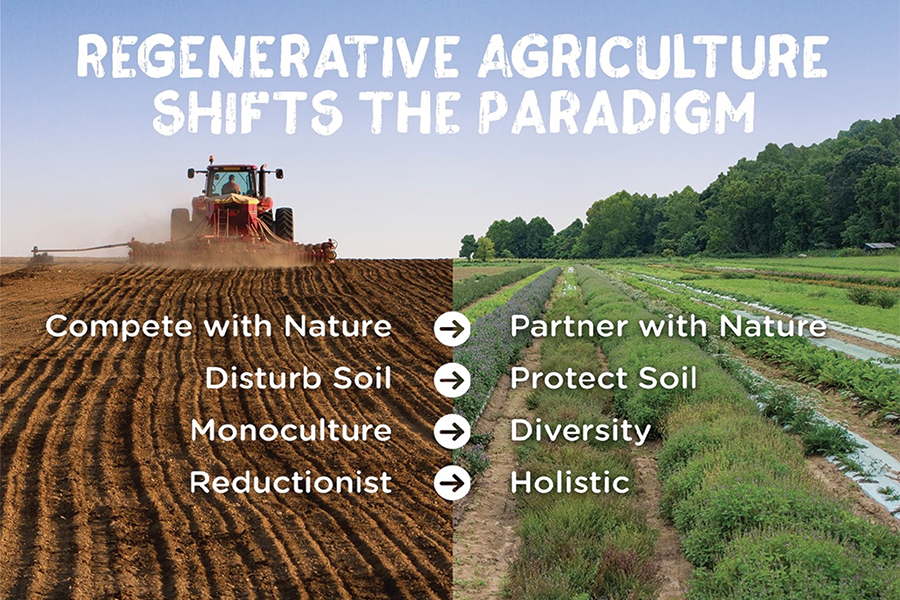

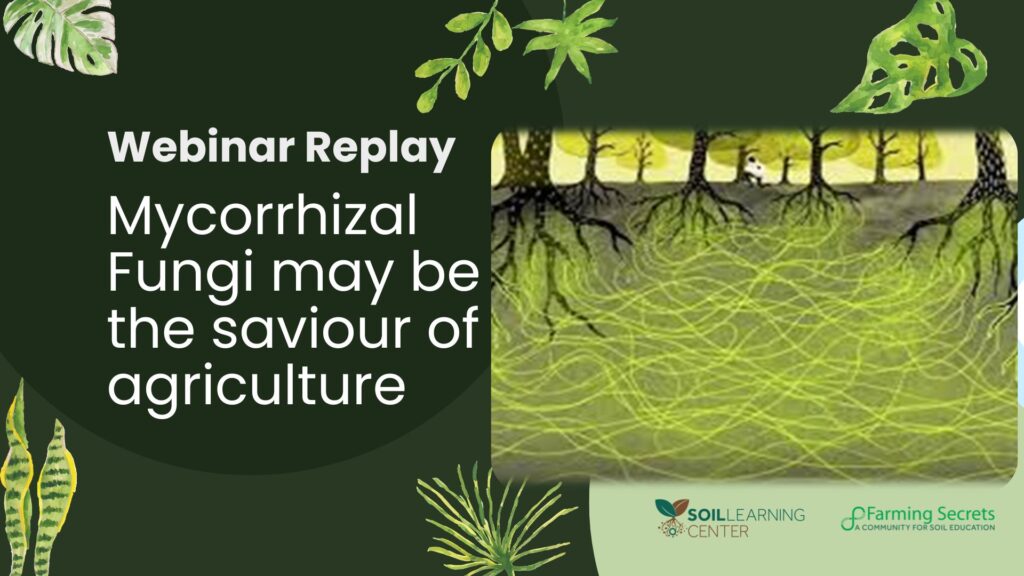
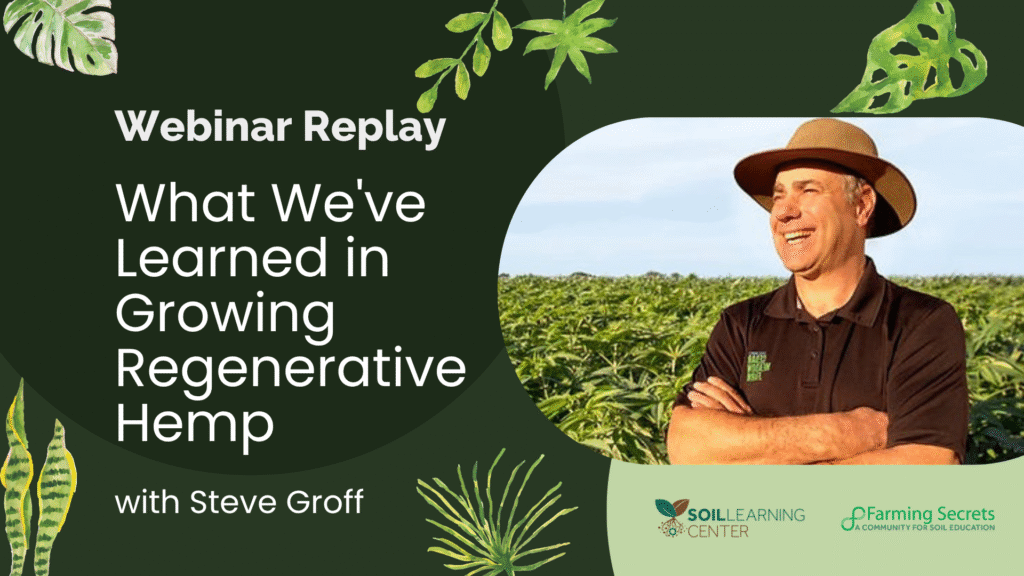

Responses